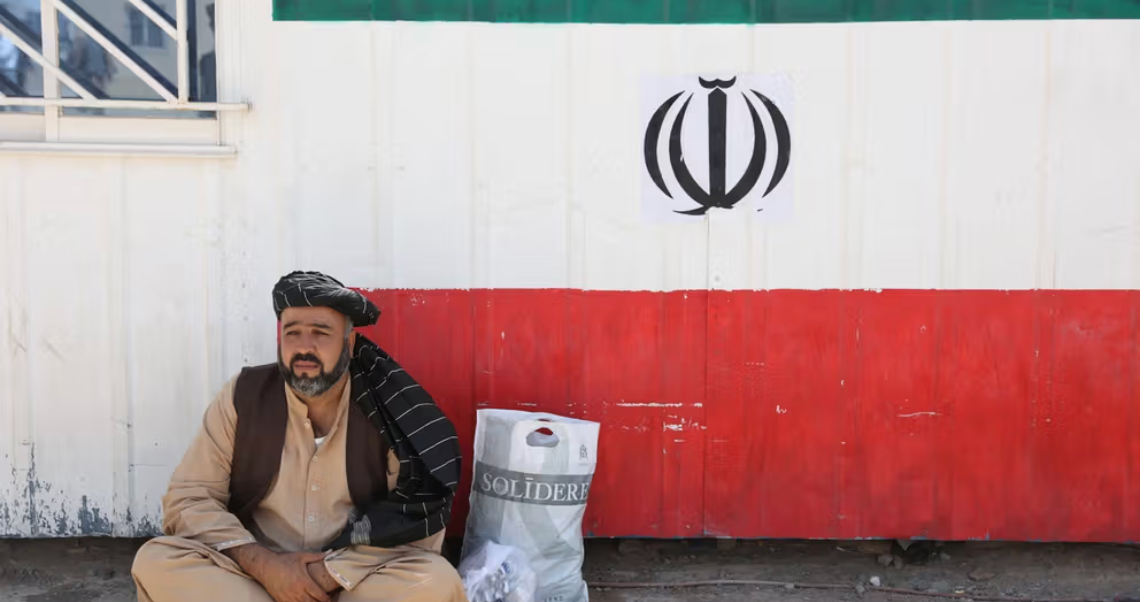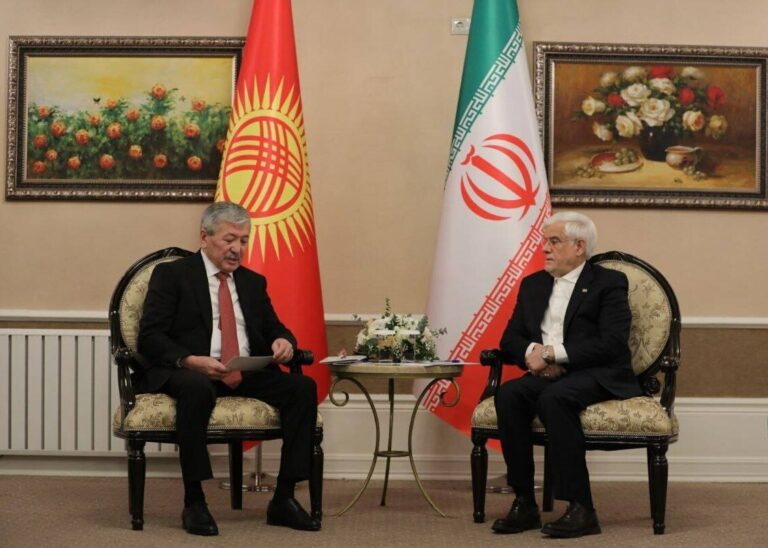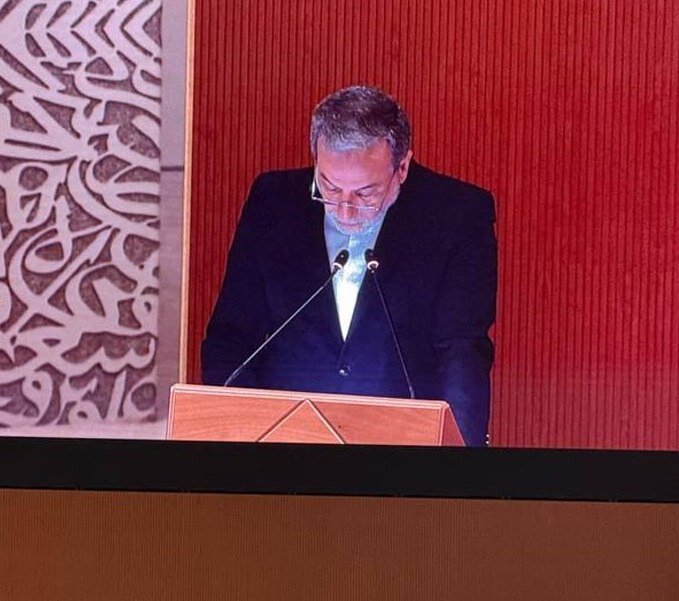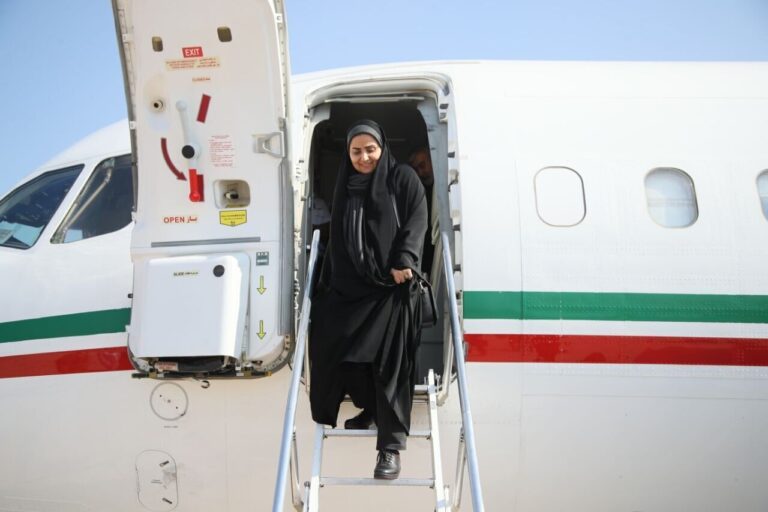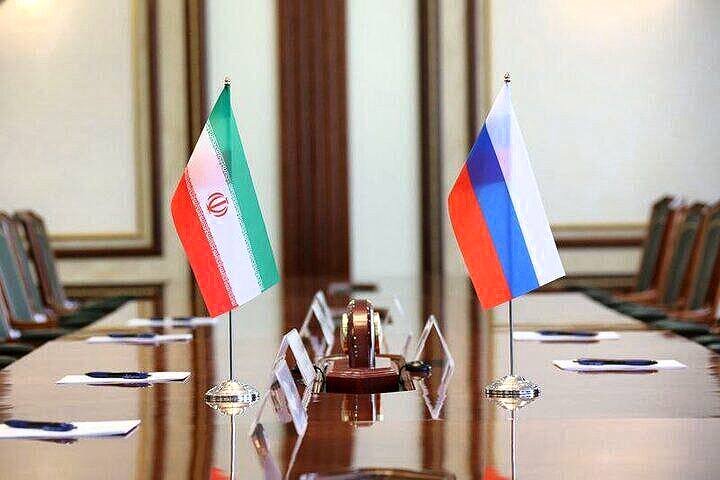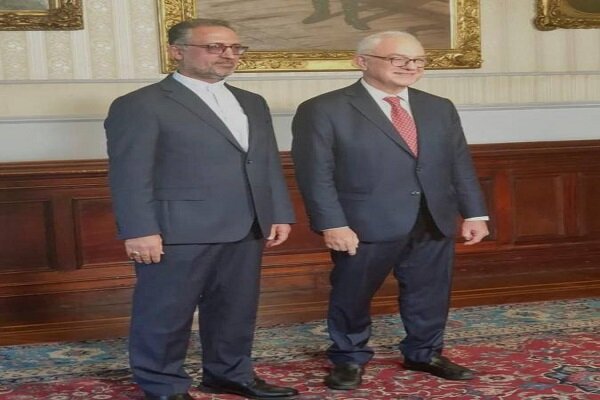Iran’s Economic Decline Fuels Growing Populist Movement to Expel Afghan Migrants
As inflation and unemployment rates rise in Iran, the discussion surrounding undocumented Afghan migrants has intensified. Officials and citizens alike are increasingly advocating for the expulsion of millions of impoverished Afghans, citing concerns about job scarcity and the allocation of government resources.
During a recent meeting with provincial governors, Interior Minister Eskandar Momeni expressed that “they have taken many job opportunities,” highlighting public worries about foreign nationals occupying positions that could be filled by Iranians. Momeni also reported that over 1.2 million undocumented immigrants were repatriated in the past Iranian calendar year, which concluded on March 20.
At the same gathering, the head of the Foreign Nationals and Immigrants Affairs Center, Nader Yarahmadi, revealed that approximately 6.1 million Afghans are currently residing in Iran. However, unofficial estimates from Iranian lawmakers and media sources suggest that this figure could be as high as 15 million.
- Afghans began migrating to Iran in the early 1980s as refugees.
- Their numbers increased significantly after the Taliban’s resurgence in Afghanistan in 2021.
- Only around 780,000 Afghans hold official refugee status.
- The majority of Afghans in Iran are undocumented economic migrants.
These undocumented migrants often provide low-cost labor in vital sectors such as agriculture and construction, living either alone or with their families. However, the growing sentiment against Afghan migrants has become more pronounced in recent years, especially on Persian-language social media platforms. Hashtags like “Expulsion of Afghans is a national demand” have gained traction.
Advocates for the expulsion of Afghan nationals argue that they are unfairly benefiting from substantial government subsidies intended for citizens. The Iranian government currently provides monthly cash payments to nearly 90 million Iranians and heavily subsidizes essential goods like bread and fuel. In fact, this fiscal year alone, 2,500 trillion rials out of 64,000 trillion rials are allocated solely for bread subsidies.
While there is no official data quantifying the exact subsidies received by Afghan immigrants, Hamidreza Azizi, a lawmaker from Eghlid in southwestern Fars Province, claimed in a recent parliamentary address that the government spends approximately 7,000 trillion rials on various subsidies, including energy, food, medicine, and education for Afghan children. According to Azizi, “In my constituency, Afghan nationals have taken over the entire job market from Iranians.”
While Iran’s official unemployment rate stands at 7.6 percent, many experts believe that the actual figure is much higher. This discrepancy arises from the government’s definition of employment, which considers anyone working even one hour a week as employed. Furthermore, it is estimated that at least one-third of the Iranian population lives below the poverty line, and workers’ strikes over unpaid wages are increasingly common across various sectors.
During his campaign, President Masoud Pezeshkian pledged to implement stricter border controls, register undocumented immigrants, and seek assistance from European nations. He suggested that these countries should either accept some refugees or provide financial aid to help Iran manage the influx. Pezeshkian argued that Western policies in Afghanistan have inadvertently forced millions of Afghans to seek refuge in Iran, stating that those responsible should share the burden.
In a series of tweets leading up to the election, he emphasized, “There is no reason the Iranian people should bear the costs of others’ failed policies.” This statement encapsulates the frustrations felt by many Iranians who are grappling with the challenges posed by both economic instability and the presence of a large number of Afghan migrants.
The situation highlights the complex dynamics surrounding immigration, economic hardship, and national identity in Iran. As the government and citizens navigate these issues, the discourse surrounding Afghan migrants is likely to continue to evolve, reflecting broader societal attitudes and economic realities.
In conclusion, the calls for the expulsion of Afghan migrants in Iran rise in tandem with the nation’s economic struggles, underscoring the multifaceted challenges that both Iranians and Afghan nationals face in this tumultuous landscape.
